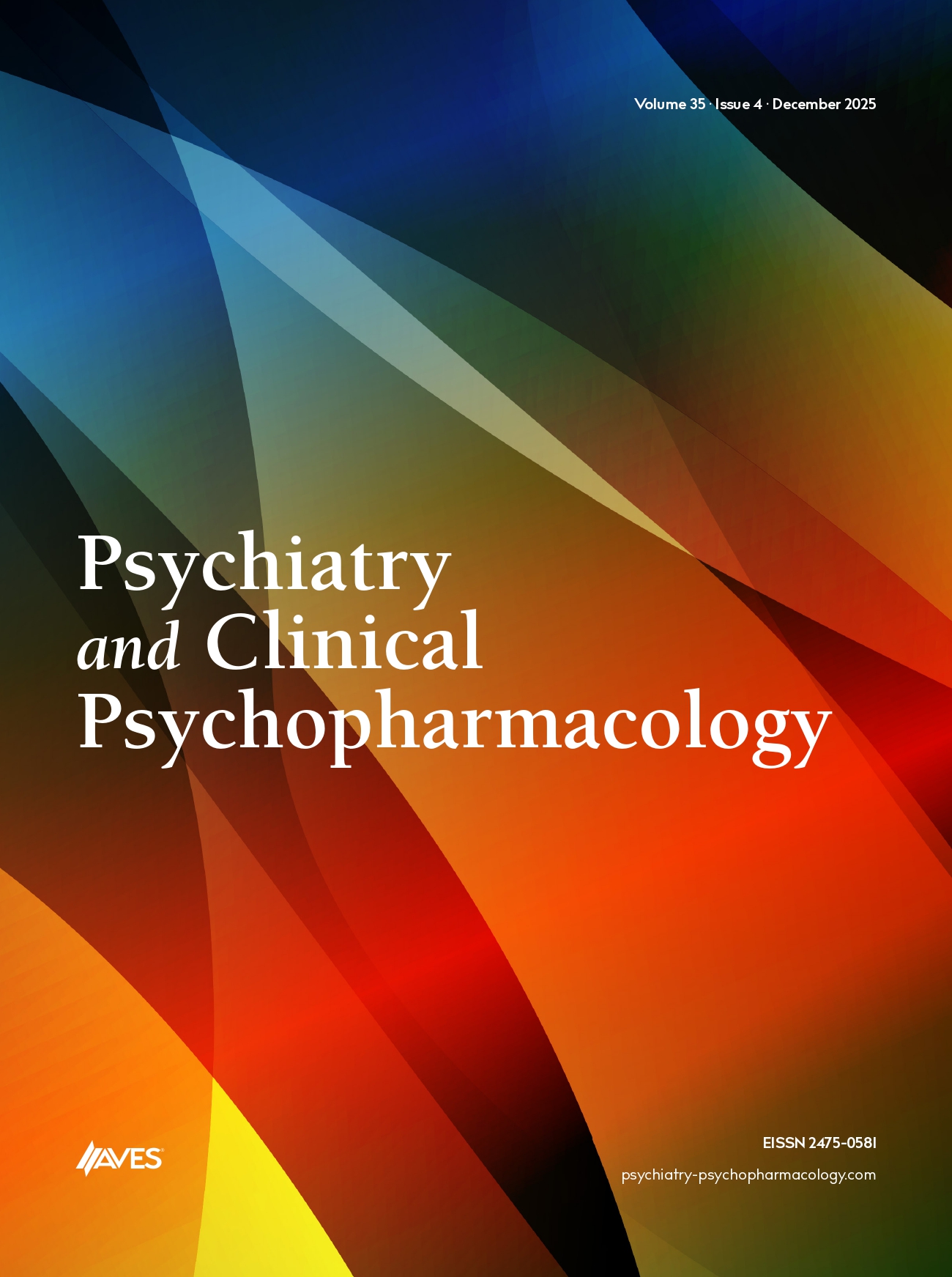Objective: To assess the prevalence of postoperative anxiety and depression among elderly patients with hip fractures and to examine their associations with functional recovery, pain, and quality of life during the rehabilitation process.
Methods: A cross-sectional study was conducted involving 218 elderly patients (≥60 years old) who underwent surgical treatment for hip fractures between August 2022 and January 2025. Psychological assessments were performed using the Zung self-rating anxiety scale (SAS) and self-rating depression scale (SDS). Functional and clinical rehabilitation outcomes were evaluated at hospital discharge, 1-month, and 3-month follow-ups using the Harris hip score (HHS), visual analog scale (VAS), and short form health survey (SF-36). The prevalence of anxiety and depression and their correlation with rehabilitation indicators were determined by calculating the Pearson correlation coefficient.
Results: The prevalence of postoperative anxiety and depression was 36.70% and 38.53%, respectively, with mild severity being the most common. Anxiety and depression levels were significantly associated with age (≥70 years), marital status, presence of diabetes, and lack of regular rehabilitation exercise. At 3 months post surgery, patients with anxiety and/or depression exhibited significantly lower HHS and SF-36 scores and higher VAS scores compared to those without psychological comorbidities (P < .05). Correlation analyses revealed negative correlations between SAS/SDS scores and HHS (r=−0.356/−0.358) and SF-36 scores (r=−0.319/−0.426) and positive correlations with VAS scores (r=0.160/0.260); all were statistically significant (P < .05).
Conclusion: Anxiety and depression are prevalent among elderly patients following hip fracture surgery and are significantly associated with impaired functional recovery, increased pain, and reduced quality of life. Early psychological assessment and timely intervention should be integrated into postoperative care to optimize rehabilitation outcomes in this vulnerable population.
Cite this article as: Jing P, Liu H, Cai J, Zhu H, Liu S. Postoperative anxiety and depression in elderly hip fracture patients: prevalence and their association with functional rehabilitation outcomes. Psychiatry Clin Psychopharmacol. Published online November 14, 2025. doi:https://doi.org/10.5152/pcp.2025.251178.


.png)
.png)